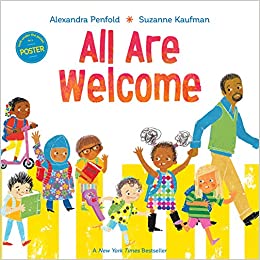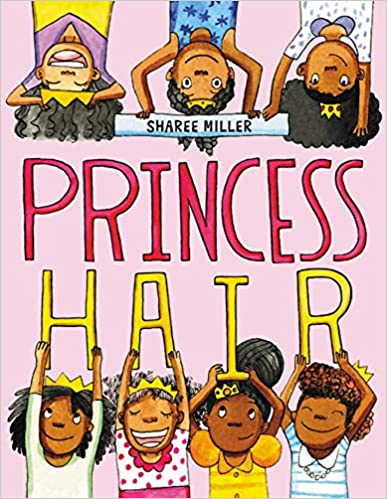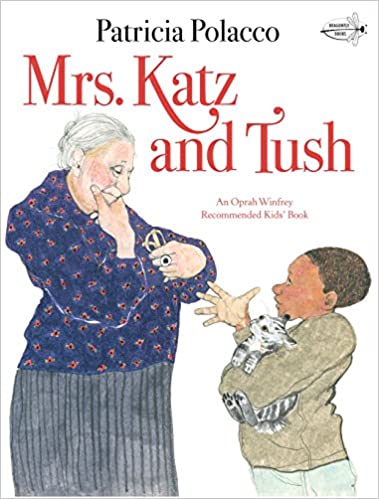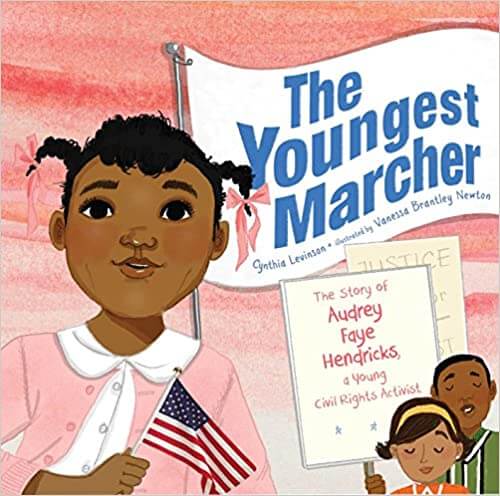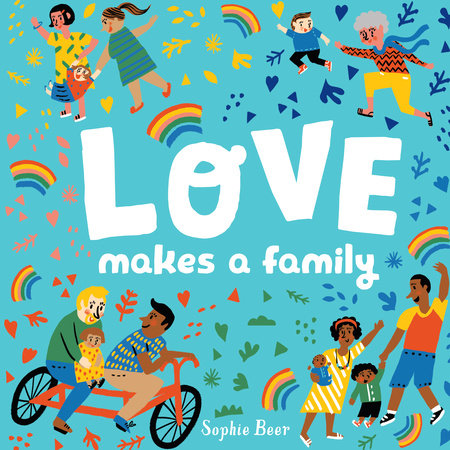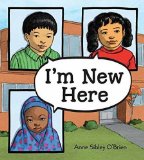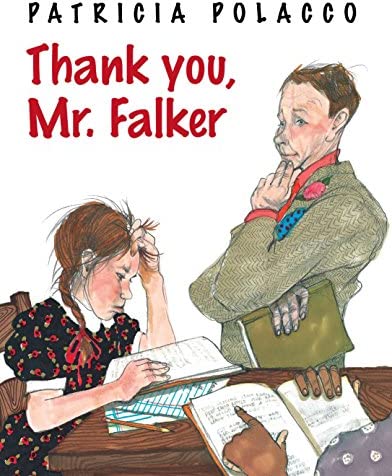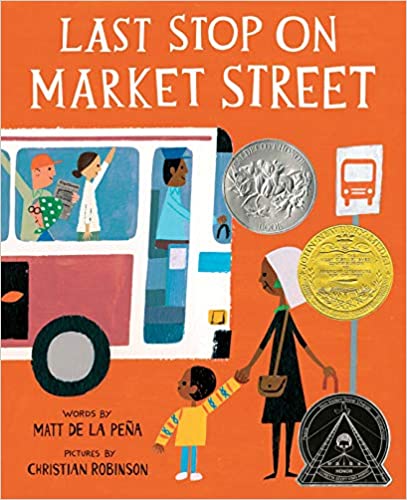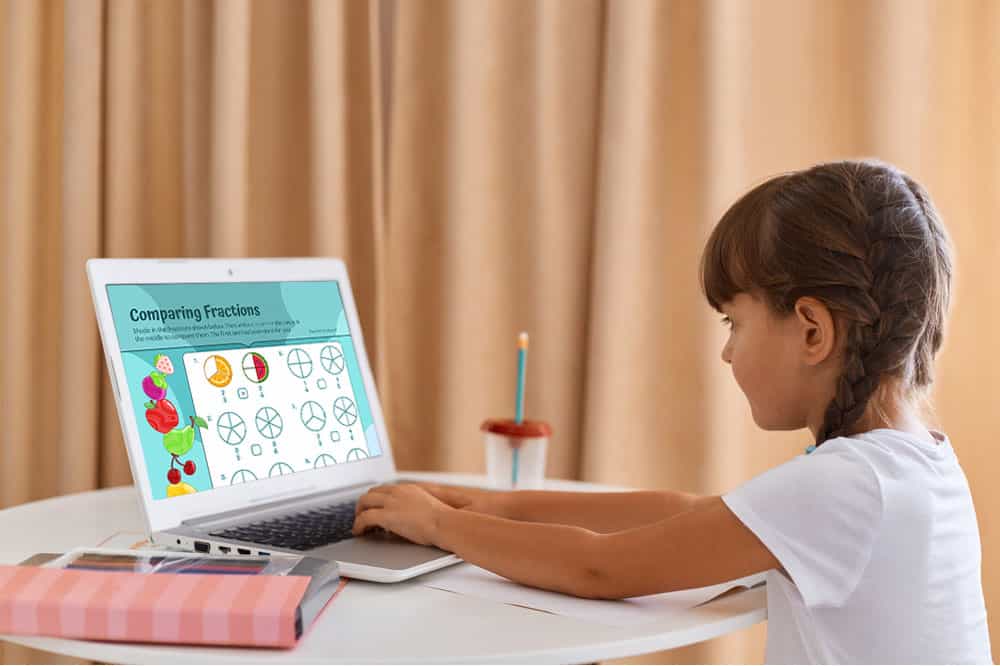How to Create a More Inclusive Classroom
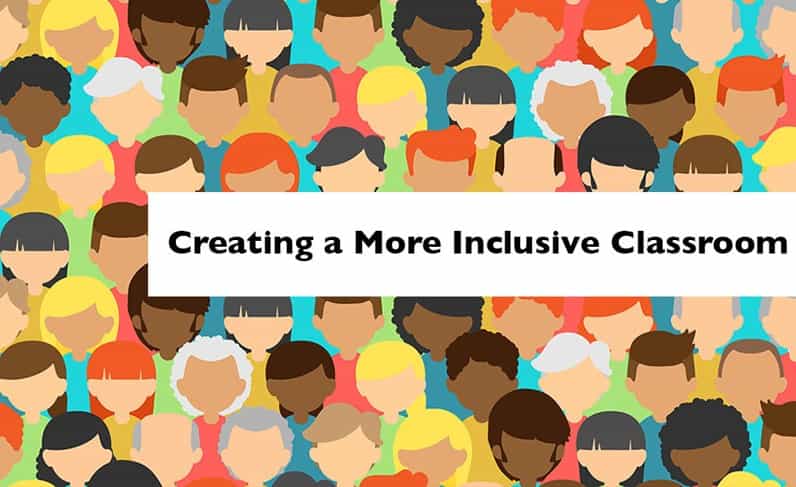
All students deserve equal access to learning and opportunities to succeed. Making your classroom a more inclusive place will not only help your students to achieve academically, but will also combat discriminatory behavior. The classroom is one of the first places children interact with the world outside of their families– creating an inclusive and safe space can affect the way your students develop relationships and interact socially. Here are some things that you can do to ensure your classroom is a welcoming and positive environment for all.
1. Create class guidelines and enforce them consistently
- All students should know what is considered acceptable behavior and what is not. This can be achieved by creating class expectations. These guidelines can be separate from educational classroom rules, like “always raise your hand” or “try your best.” These guidelines should pertain to creating a space that makes everyone feel safe and comfortable. Involve your students in the creation of these guidelines– they will be more encouraged to follow rules that they have come up with themselves. Here are some examples of expectations you can implement.
- Everyone has the right to be heard
- Be respectful
- Use kind words
- Respect others personal space
2. Fill your classroom library with diverse books
- One easy way to bring diversity into your classroom is through the use of books. Books should provide both mirrors and windows to your class. Not only should students see themselves represented in books, but they should also be exposed to characters that are different from them. For some students, especially those in less diverse areas, books might be one of their only ways to learn about people who are unlike them. Check out some of the books below and consider adding them to your classroom.
3. Use inclusive language
- Using language like “boys and girls” or “ladies and gentlemen” can be isolating to students who are gender nonconforming. Instead you can use gender-neutral terms to address your class like “all,” “friends,” or “everyone.” Here are some other commonly used phrases that can be swapped for more inclusive ones:
- “Christmas break” → “holiday/winter break”
- “Mom and Dad’–> “parent/guardian”
- “Boyfriend and girlfriend” → “partner/significant other”
- “Sister and brother” → “sibling”
- Implementing these small changes can have a big effect on your classroom.
4. Teach students how to be allies
- Model the behavior you want to see in your students. If they see you calling out bullying, celebrating diversity, and treating others with kindness and respect, they will want to do the same. Remind your students that being an ally can take many forms, including coming to an adult for help or comforting those who have been hurt.
5. Display your class schedule clearly
- Being able to mentally prepare and look ahead can be crucial for students with dyspraxia, dyslexia, and Autistic Spectrum Disorder (ASD). Posting your class schedule clearly for students to see can better help them prepare for the school day as well as provide safety and predictability. Plus, this simple practice will likely benefit the entire class– never hurts to plan ahead!
6. Professional development
- Dive deep into PD– it is a great opportunity to learn, assess your current practices, and implement new strategies and ideas. See what single-session seminars are available at your school for creating inclusive classrooms.
7. Use restorative justice
- Restorative justice has proven time and time again that mediation and agreement work better than punishment. For example, if you have a student who pushes someone, take time to talk with them and understand what was happening for them at the time of the incident. Ask them what they think they should do to remedy the situation, and guide them through restitution with the victim involved. This process of restorative justice is not only more effective than an afternoon at the principal’s office, but it also builds relationships, encourages students to take responsibility for their actions, and prevents future incidents from occurring.
Other actions to consider:
For students with dyslexia
-use dyslexic-friendly fonts and large print
-provide audio instruction for every lesson
-provide number and letter strips on students’ desks to help them read and spell
-provide high-interest books for low reading levels
-provide extra time for reading and writing activities
-break up text with images and pictures on presentations, worksheets, homework etc.
-use the board as a place to write down key ideas if lots of information is being presented
-take breaks
For students on the spectrum
-create a relaxing atmosphere with minimal stimuli
-know your students on the spectrum– use their passions and interests to help you teach
-explain figurative language when you use it
-give choices– this will not only make students feel more in control, but it will help you learn about your individual learners in your class and their preferences.
-provide structure and organization– set aside time during the day to organize and implement strategies that provide structure and predictability.
-be supportive during transition times
-take breaks
For students with hearing issues
-place students at the front of the class so they are able to lip read, see the board, and have a better chance of hearing.
-if possible, assign a notetaker so students are able to focus entirely on the lesson without worrying about taking notes.
-provide written materials for every lesson and integrate visual aids
-use captions in videos/other media
-limit background noise as much as possible
-use a headset microphone
For Black and Brown students
-address discrimination immediately, emphatically, and in a way that does not harm the victim.
-seek feedback from Black and Brown students
-decorate your classroom with diverse images
-get to know the Black and Brown students in your class
-teach Black and Brown history in a positive light
-do not make Black and Brown students spokespeople of Black and Brown communities
-do not shy from difficult conversations, and let your Black and Brown students teach you
-be a role model
For LGBTQ+ students
-address bias immediately, emphatically, and in a way that does not harm the victim.
-use gender-neutral terminology
-introduce your pronouns
-incorporate a lesson on a historical figure who identifies as LGBTQ+
-advocate for a gender-neutral bathroom
-remind students they are free to be whoever they want to be
-do not make LGBTQ+ students spokespeople of LGBTQ+ communities
-do not shy from difficult conversations, and let your LGBTQ+ students teach you
-be a role model
Implementing these changes will not only help your students from different backgrounds or with learning differences, but will also positively affect the rest of your class by making them more aware and educated. This will positively impact the way they interact with the outside world, other cultures, and different types of people.

